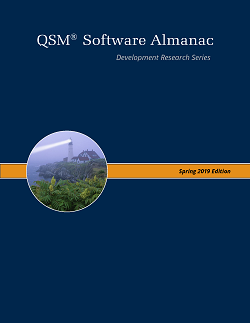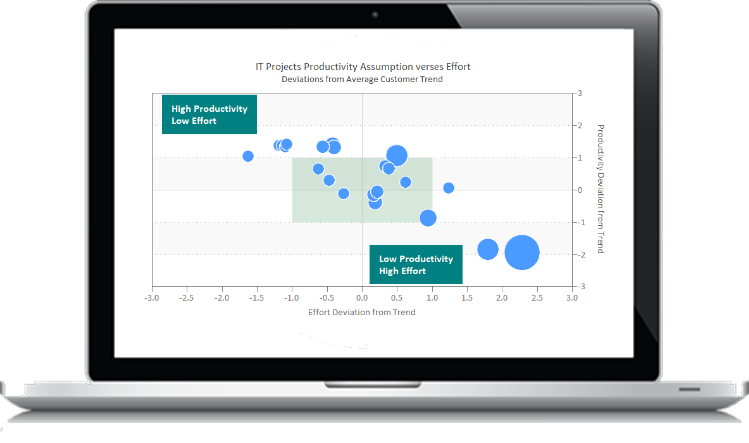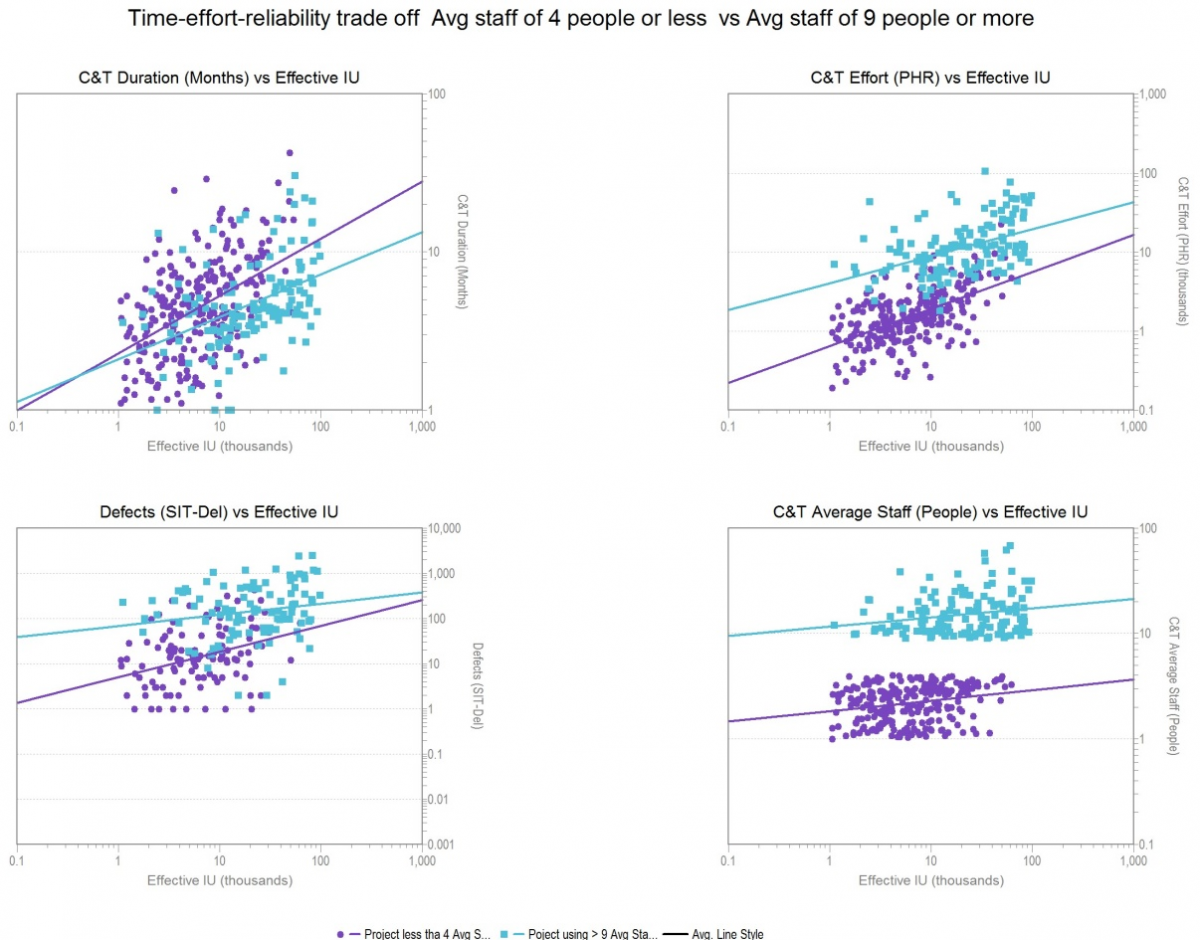4 Key Studies on Team Size

It seems like ever since the dawn of software development, humans have struggled with the question of team size. What team size is most productive? Most economical? When does adding more people to a project cease to make sense? So it comes as no surprise that one of the most popular articles on our website is a study Doug Putnam did in 1997 on team size, Team Size Can Be the Key to a Successful Project. The article leveraged data from 491 completed projects in the QSM Database to determine what is the optimal team size - "optimal" being most likely to achieve the highest productivity, the shortest schedule, and the cheapest cost with the least amount of variation in the final outcome. The study determined that for medium-sized (35,000 to 95,000 new or modified source lines of code) systems, smaller teams of 3-7 people were optimal. This article continues to be referenced today, especially by the agile community.
The topic of team size reappeared again in Don's Beckett study of Best in Class and Worst in Class projects for the 2006 QSM Software Almanac. To identify top and bottom performers, he ran regression fits for effort and schedule vs. project size through a sample of nearly 600 medium and high confidence IT projects completed between 2001 and 2004. On average, Best in Class projects delivered 5 times faster and used 15 times less effort than Worst in Class projects. What made the Best in Class projects perform so much better? Best in Class projects used smaller teams (over 4 times smaller, on average) than the worst performers.





